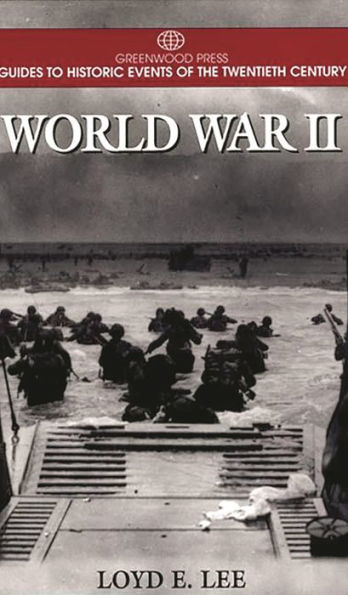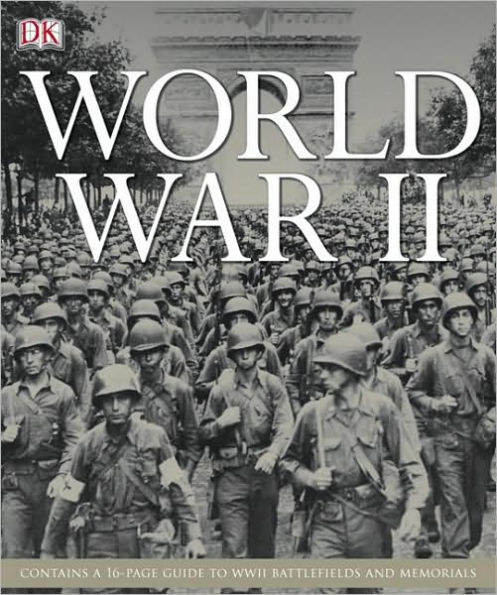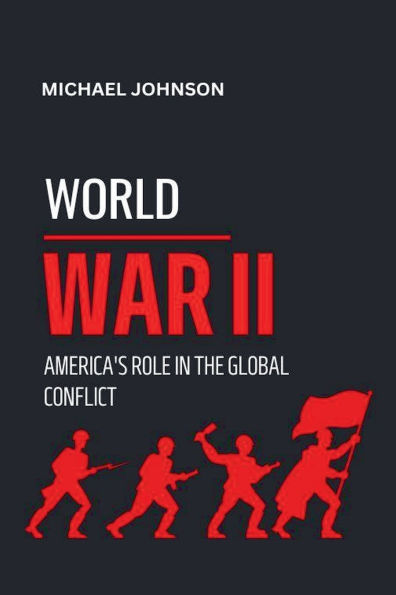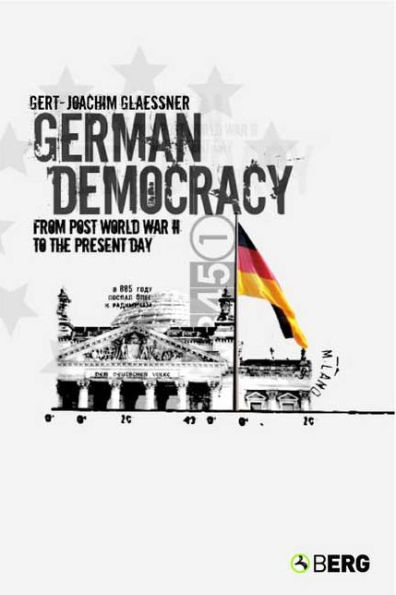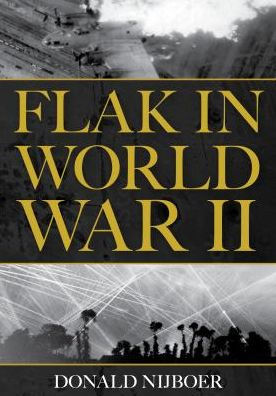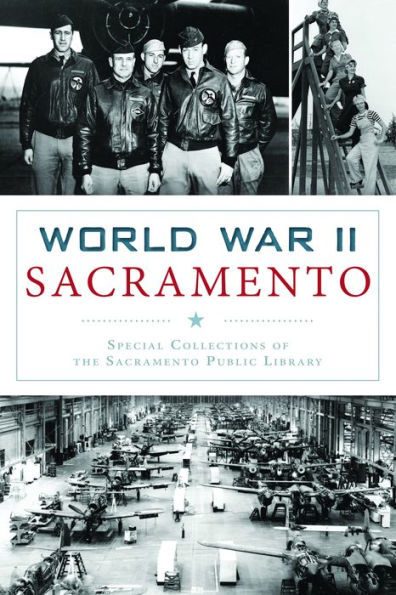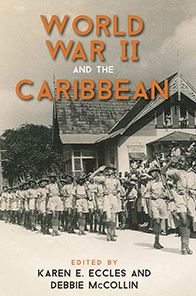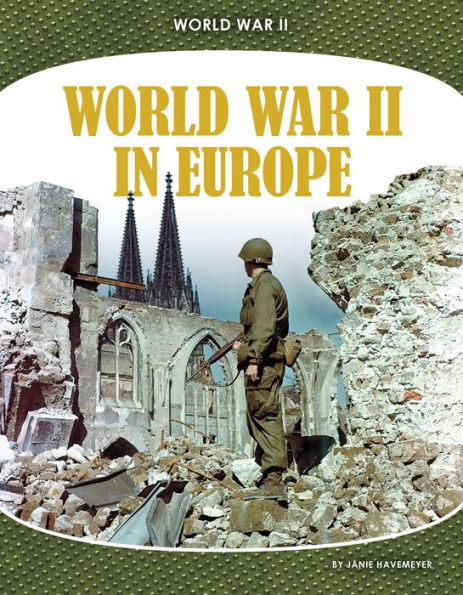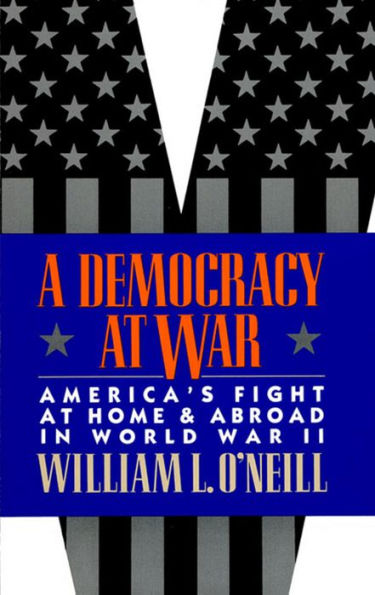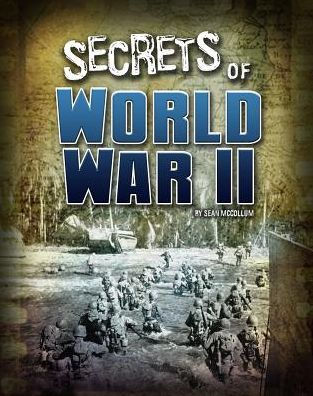Home
Education for Democracy in England in World War II
Barnes and Noble
Education for Democracy in England in World War II
Current price: $52.95
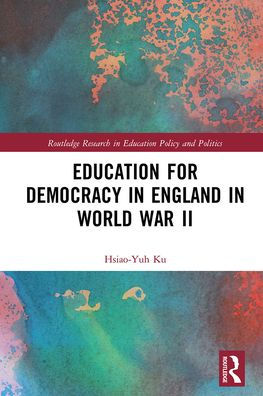

Barnes and Noble
Education for Democracy in England in World War II
Current price: $52.95
Size: OS
Loading Inventory...
*Product information may vary - to confirm product availability, pricing, shipping and return information please contact Barnes and Noble
Education for Democracy in England in World War II
examines the educational discourse and involvement in wartime educational reforms of five important figures: Fred Clarke, R. H. Tawney, Shena Simon, H. C. Dent and Ernest Simon. These figures campaigned for educational reforms through their books, publishing articles in newspapers, delivering speeches at schools and conferences and by organizing pressure groups. Going beyond the literature in this key period, the book focuses on exploring the relationship between democratic ideals and reform proposals in each figure’s arguments. Displaying a variety of democratic forums for debates about education beyond parliament, the book re-interprets wartime educational reforms from a different perspective and illustrates the agreements and contradictions in the educational discourse itself.
examines the educational discourse and involvement in wartime educational reforms of five important figures: Fred Clarke, R. H. Tawney, Shena Simon, H. C. Dent and Ernest Simon. These figures campaigned for educational reforms through their books, publishing articles in newspapers, delivering speeches at schools and conferences and by organizing pressure groups. Going beyond the literature in this key period, the book focuses on exploring the relationship between democratic ideals and reform proposals in each figure’s arguments. Displaying a variety of democratic forums for debates about education beyond parliament, the book re-interprets wartime educational reforms from a different perspective and illustrates the agreements and contradictions in the educational discourse itself.
